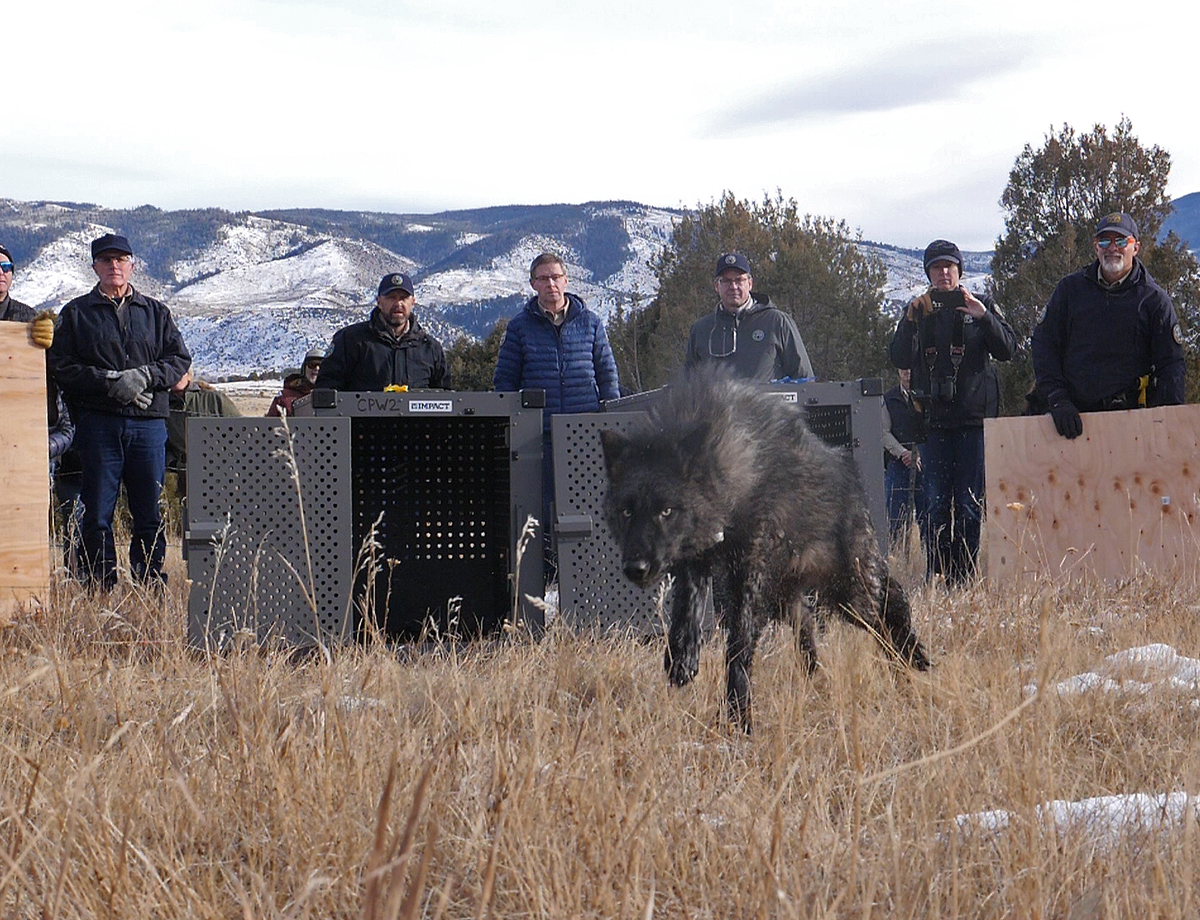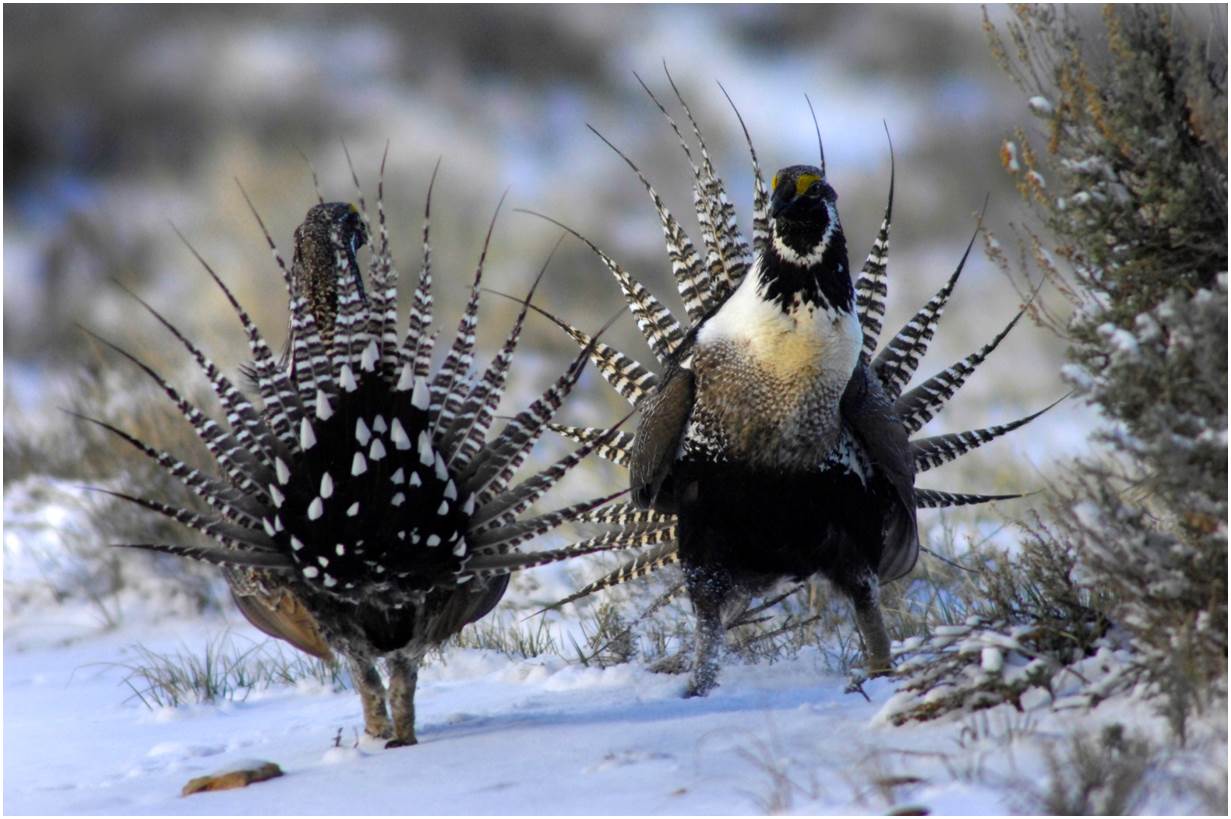
When a robot truck made a beer run from Fort Collins to Colorado Springs, the internet went wild. Inside the cab of the self-driving semi it was the opposite, it was “pretty boring” and “entirely uneventful.”
Which was just fine with Matt Grigsby, the senior program engineer who was in the truck, monitoring the software and riding ahead of 50,000 cans of Budweiser. He was there, you know, “in case anything were to come up.”
Someone at this point should tell the truck directly that it did just fine.
For this unique delivery, Otto – a San Francisco self-driving truck company owned by Uber – partnered up with Anheuser-Busch to haul those cans of brew from Northern Colorado, through Denver and down to the Springs. First though, they needed the blessing of Colorado’s Department of Transportation.
Before allowing the drive to move forward, CDOT executive director Shailen Bhatt said Otto showed him several test runs. During the midnight beer run the robo-truck wasn’t alone either, Bhatt followed behind as part of a convoy that included state patrol units.
About 120 miles later, Colorado had itself a successful autonomous beer delivery.
“Someday, when this is a Jeopardy question, they’ll ask ‘what was the first product that was ever shipped…’” Bhatt said. “I mean, I would have preferred it was supplies for Haiti, or something a little more noble. But you know beer is important in Colorado, so I guess there was a tie-in.”

Are These The Droids We’re Looking For?
The Obama administration has embraced self-driving technology, putting out safety guidelines around the development of autonomous vehicles.
Colorado laws though haven’t kept up.
“There really aren’t any laws that govern self-driving vehicles in Colorado,” Bhatt said.
A lot of the state’s transportation laws were created after the advent of horseless carriages. Given the “gray area” in Colorado law, Otto approached Bhatt to get his blessing. Having a convoy of state-owned vehicles around every time a self-driving truck operates is unrealistic, so Bhatt expects lawmakers to begin having conversations around regulations soon.
In the meantime, CDOT is supportive of the technology. Bhatt has pushed Colorado to “become a leader” in self-driving technology for reasons that include its potential safety benefits.
Bhatt said traffic accident-caused deaths were up 10 percent in 2015 over the prior year. His supporting statistic is that 92 percent of crashes are caused by human error. Those crashes also cause congestion – something that’s increasingly becoming a problem in a state with a population that’s expected to reach 8 million in the next 20 years.
Autonomous vehicles, operated by computers, allow vehicles to travel down a highway “without wobbling” or distraction, Bhatt said.
“Even if I had the budget, I can’t widen I-25 to handle all of those cars. I can’t widen I-70 to handle all of those cars,” he said. “So we’re going to have to find different opportunities. So there’s a safety component and there’s a congestion mitigation opportunity with connected vehicles.”
In A Lot Of Ways, It’s Like An Airplane
Eric Berdinis, a product lead at Otto, said autonomous vehicles might be easier for people to wrap their heads around if they look at their operations like they would that of an airplane. Right now, a driver still must be behind a wheel of an autonomous truck to navigate off-ramps or through local traffic. That’s similar to how a pilot handles an aircraft – a lot of work during takeoff and landing, but the plane runs on automatic pilot for much of the flight.
“It’s actually safer to be controlled by a self-driving system during the long stretches of highway,” he said. “That’s where it becomes the most mundane, that’s where you get the most fatigue, which plays into accidents.”

If bad weather is present, the driver takes over, the same as a pilot navigates bumpy skies. Aside from that, Berdinis said drivers can enjoy long road trips without having to do a lot.
“You can go in the back and catch up on rest,” he said. “You can actually sleep.”
But with the technology, comes concerns.
“What’s concerning right now is there really are more questions than answers on this topic,” said Kara Deniz, the press secretary for the International Brotherhood of Teamsters, the union which represents many truck drivers.
Deniz wonders whether autonomous vehicles are cost-effective for independent truck drivers, and if the trucks can keep riders safe in bad weather.
She also worries that computers might be susceptible to cyberattacks. Her example was the July terrorist attack in Nice, France, where a truck plowed through a large crowd. It wasn’t a self-driving vehicle, but she worries about a cyber-terrorism scene like that playing out.
“Think about the implications of that with a platoon of trucks that are automated, and not having a driver in that cab and not having control over the vehicles,” she said.
Otto’s Berdinis admits that right now the technology is expensive, but it will come down in price as the market adapts. For him, the technology will pay for itself because drivers can take longer trips without being behind the wheel.
He also said future advancements may allow autonomous vehicles to better handle bad weather.
As far as cyber security goes, Berdinis said automated vehicles like boats and planes are already out there and that cars and trucks “are really the last moving vehicles to have any kind of self-driving system.”
Berdinis also said Otto has a team in place dedicated to preventing cyberattacks.
Ultimately, autonomous vehicle enthusiasts say it’s just going to take time for people to accept the new technology. Matt Grigsby, the man in the cab of the robot truck, is already ahead of us.
“I think a big take away is we need to stop thinking of self-driving vehicles as some super-futuristic thing to be scared about,” Grigsby said. “These things are real they are happening every day.”
“I think we’ve got to keep proving to the world that these are safer than humans. It’s going to be saving lives and we’re gonna look back on driving manually like it was a thing of the past.”









